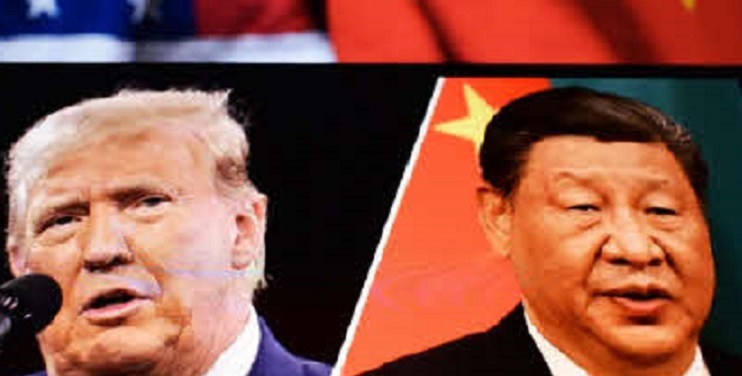Held online from 8-11 April 2025 over four days with DBS experts, this discussion highlighted how today’s global dynamics have become increasingly complex following the United States’ decision to raise import tariffs from 2.5% to 24% — the highest level since the 1920s. This policy has triggered waves of uncertainty across global markets. Indonesia, for example, is among the countries hit by reciprocal tariffs, facing rates as high as 32%.
In response to America’s move, major economies such as China and the European Union have chosen direct retaliation, while several other countries, including Indonesia, have prioritized negotiations. Interestingly, the implementation of the United States’ reciprocal tariffs on nearly all countries has been postponed for 90 days — except for China. The US has also chosen to exclude products like smartphones, computers, and certain other electronics from these higher tariffs to minimize domestic impact.
From a global market perspective, risks of economic slowdown and potential stagflation are becoming more evident. Commodity prices and global trade volumes are under pressure. Nevertheless, there are growing expectations that the Federal Reserve (Fed) may cut interest rates to support growth, even as the US Dollar could strengthen again due to high demand for safe haven assets.
Across Asia and the Association of Southeast Asian Nations (ASEAN), the impact is seen in the downward revision of Gross Domestic Product (GDP) forecasts. GDP growth for the six major ASEAN economies is now projected to decline from 4.7% to 4.2%, while China’s forecast has also been revised from 4.5% to 4.2%. Countries like Vietnam, Malaysia, and Singapore are among the most affected, given their heavy reliance on exports.
Meanwhile for Indonesia, the pressure from these global tariff policies is relatively more limited. This is because Indonesia’s exports account for only around 2% of GDP and roughly 10% of total exports. On the fiscal side, Indonesia’s indicators continue to improve and are starting to return to normal trends after facing some technical hurdles earlier this year. Bank Indonesia is expected to remain defensive in the near term, but room for monetary policy easing is anticipated to open in the second half of 2025.
Interested in getting more insights or joining our curated expert discussions?
Let us contact you




